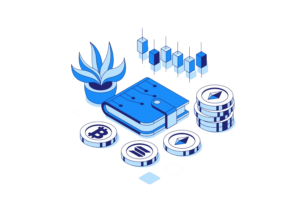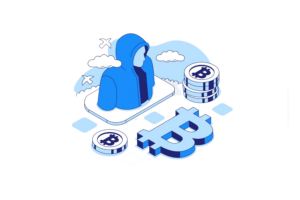Market capitalization is the value of a company’s outstanding shares. It measures the value investors place on a company and what is required to purchase all outstanding shares at current value. It is represented in dollars, or another local currency. To calculate a company’s market cap, divide the number of outstanding shares by the market value of the stock. For example, if company XYZ has 50 million shares outstanding and the shares are sold at $10 each, the market cap is $500 million.
Based on market capitalization, companies can be classified as large-cap, mid-cap or small-cap. These terms are explained in more detail below.
- Large-cap companies are generally stable, reliable and well-established with impressive market share. They may have a market capitalization of $10 billion or more. They have low volatility compared to small-cap and mid-cap stocks, which means the risk of investing in large-cap stocks is extremely low. The downside is that the growth potential of these stocks is very low.
- Mid-cap companies have a market capitalization between $2 billion and $10 billion. The potential risk of investing in mid-cap companies is higher than larger market cap companies due to the higher risk of their shares, but they also offer higher growth potential.
- Small-cap companies are smaller than mid-cap and large-cap companies. That means their market capitalization is also smaller at $300 million to $2 billion. These stocks offer great growth potential but are also very volatile, which makes them the riskiest option for investors.

How do you balance your portfolio?
Experts say balancing your portfolio between companies with different market caps is similar to other everyday decisions, like deciding where to eat. If large-caps are the chain restaurants of the world, small-caps are the local neighbourhood joints.
There is room for both in the world and both in your portfolio.
Generally speaking, a longer investment timeframe means more potential for your portfolio to be protected from fluctuations. For example, long-term investors saving for a retirement that is decades away, can benefit from the growth potential of medium and small companies and have time to weather unexpected downturns.
Investors unwilling to risk as much may prefer to anchor their portfolios to less volatile mega- and large-caps, with a lower proportion of mid and small-caps.
Market cap information is often used to manage mutual funds.These funds may hold stock in dozens or even hundreds of companies, allowing investors to buy many stocks at once. Mutual funds usually invest by category, which means investors can invest in small-cap and large-cap funds.
What causes market capitalization to change?
Market capitalization is constantly changing, because it is directly affected by a company’s stock price. When the value of a stock increases, the market capitalization also increases and vice versa.
The number of remaining shares also impacts market capitalization. Sometimes companies issue additional shares to acquire capital or to buy back shares. In the case of a constant share price, issuing shares increases market capitalization, while buying back shares decreases it.
Conclusion
Market capitalization is a useful tool for determining the value of a company. It is the collective price of a company’s outstanding shares and reflects the value investors place on a company’s stock. It also indirectly tells investors what kind of return can be expected from the company.
Companies with a lower market capitalization are riskier but can generate high returns, while those with a higher market capitalization will protect your money but can’t generate high returns.
If you are a cautious investor, you may prefer larger companies. If you are willing to take risks, small caps are the ideal option. If you’re aiming for a balance of appreciation and income in your portfolio, mid-caps may be the best choice.






